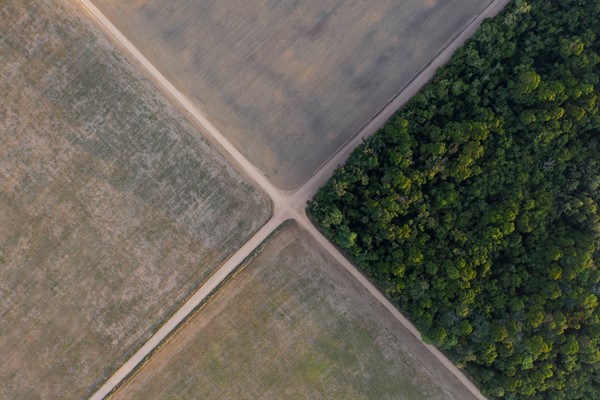Over the past two years, an extraordinary global campaign has emerged to protect 30 percent of Earth’s total surface from human exploitation by 2030. The members of this so-called 30x30 coalition, which now includes scores of governments, understand that climate change is only one half of the planet’s environmental crisis. The Paris Agreement, while imperative to curb greenhouse gas emissions, will do little by itself to save the planet’s collapsing biodiversity or preserve the massive ecosystems upon which humanity depends—and which we are fast degrading.
In April 2019, a group of 19 prominent scientists ignited international interest in the 30x30 proposal when they made it the centerpiece of a proposed “Global Deal for Nature.” The idea quickly took off among governments and within civil society. In September of that year, Costa Rica and several other nations announced they would form a “coalition for nature.” France soon joined this effort, collaborating with Costa Rica to establish a High Ambition Coalition for Nature and People, which launched at the One Planet Summit in Paris this past January.
Outside government, meanwhile, the Wyss Foundation and the National Geographic Society have mobilized an unprecedented transnational alliance of more than 100 conservation organizations as part of their Campaign for Nature, dedicated to securing a firm multilateral commitment to the 30x30 goal when the 15th Conference of the Parties to the Convention on Biological Diversity convenes in October in Kunming, China, to endorse a global framework to guide conservation efforts through 2030. These official and private efforts have paid off: The current “zero draft” of that agreement includes 30x30 as an explicit target.

